₦25,000.00

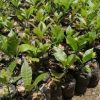
₦1,500.00
Passion fruit seedlings
₦1,300.00
Passion fruit is a tropical fruit that is native to South America. It is known for its sweet and sour flavor and its unique appearance. Passion fruit is round or oval in shape and has a hard, purple, or yellow rind. The inside of the fruit is filled with a juicy pulp and numerous seeds.
Benefits of Passion Fruit Seedlings
Passion fruit seedlings offer a variety of benefits, including:
- Nutritional value: Passion fruit is a good source of vitamins, minerals, and antioxidants, including vitamin C, vitamin A, fiber, potassium, magnesium, and phosphorus.
- Health benefits: Passion fruit has been linked to a number of health benefits, including improved heart health, boosted immunity, reduced anxiety, and improved digestion.
- Versatility: Passion fruit can be eaten fresh, used in juices and smoothies, or added to baked goods and other dishes.
Share:
Passion fruit seedlings
Passion fruit is a member of the Passifloraceae family, which also includes other tropical fruits such as granadilla and sweet granadilla. The passion fruit vine is a vigorous climber that can grow up to 20 feet tall. The vines produce flowers that are followed by the fruit.
Passion fruit is a good source of vitamins, minerals, and antioxidants. One cup of passion fruit pulp contains approximately:
- 10% of the daily recommended intake of vitamin C
- 8% of the daily recommended intake of vitamin A
- 10 grams of fiber
- 340 milligrams of potassium
- 25 milligrams of magnesium
- 60 milligrams of phosphorus
Passion fruit has been linked to a number of health benefits, including:
- Improved heart health: The potassium in passion fruit can help to lower blood pressure. The fiber in passion fruit can also help to reduce cholesterol levels.
- Boosted immunity: The vitamin C in passion fruit can help to boost the immune system and protect against infection.
- Reduced anxiety: Passion fruit juice has been shown to reduce anxiety in people with generalized anxiety disorder.
- Improved digestion: The fiber in passion fruit can help to improve digestion and prevent constipation.
Passion fruit can be eaten fresh, used in juices and smoothies, or added to baked goods and other dishes. The seeds are also edible and can be added to yogurt, oatmeal, or trail mix.
How to Plant and Care for Passion Fruit Seedlings
Passion fruit seedlings are relatively easy to plant and care for. To plant a passion fruit seedling, choose a sunny spot with well-drained soil. Dig a hole that is twice as wide as the root ball of the seedling. Place the seedlings in the hole and backfill with soil. Water the seedling well.
Passion fruit seedlings need regular watering, especially during the first year. Fertilize the seedlings every two weeks with a balanced fertilizer. Prune the seedlings regularly to encourage new growth.
Passion fruit seedlings will typically start to fruit within two to three years of planting. The vines can be trained to grow on a trellis or fence. Passion fruit vines can also be grown in pots, but they will need to be repotted into larger pots as they grow.
Frequently Asked Questions (FAQs) about Passion Fruit Seedlings
Planting and Care:
- Where should I plant my passion fruit seedlings? Choose a sunny location with well-drained soil.
- How big of a hole should I dig for the seedling? Dig a hole twice the width of the root ball.
- How often should I water my passion fruit seedlings? Water them regularly, especially during the first year.
- Do I need to fertilize my seedlings? Yes, fertilize them every two weeks with a balanced fertilizer.
- How often should I prune my seedlings? Prune them regularly to encourage new growth.
Growth and Fruiting:
- How long does it take for passion fruit seedlings to bear fruit? It typically takes 2-3 years for them to start fruiting.
- Can I grow passion fruit vines in pots? Yes, but they will need to be repotted into larger pots as they grow.
- Do I need a trellis or fence for my passion fruit vine? Yes, the vines are climbers and benefit from support.
Fruit and Uses:
- How can I eat passion fruit? Eat it fresh, use it in juices or smoothies, or add it to baked goods and other dishes.
- Are the seeds edible? Yes, the seeds are edible and can be added to yogurt, oatmeal, or trail mix.
Only logged in customers who have purchased this product may leave a review.

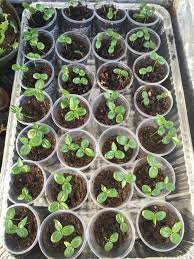


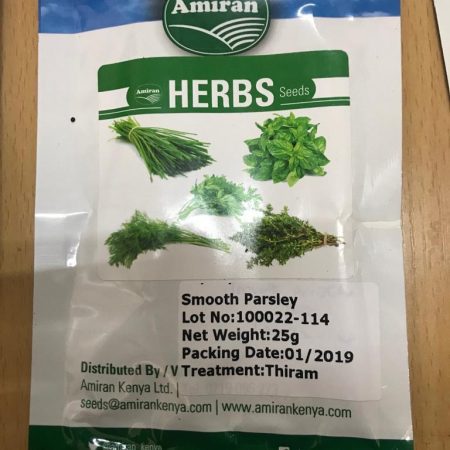
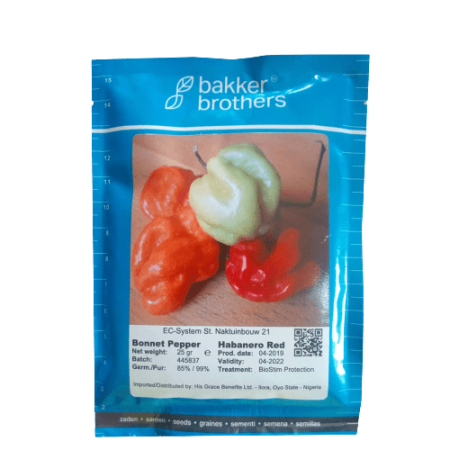
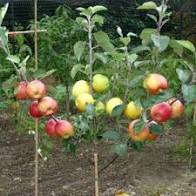
Reviews
There are no reviews yet.